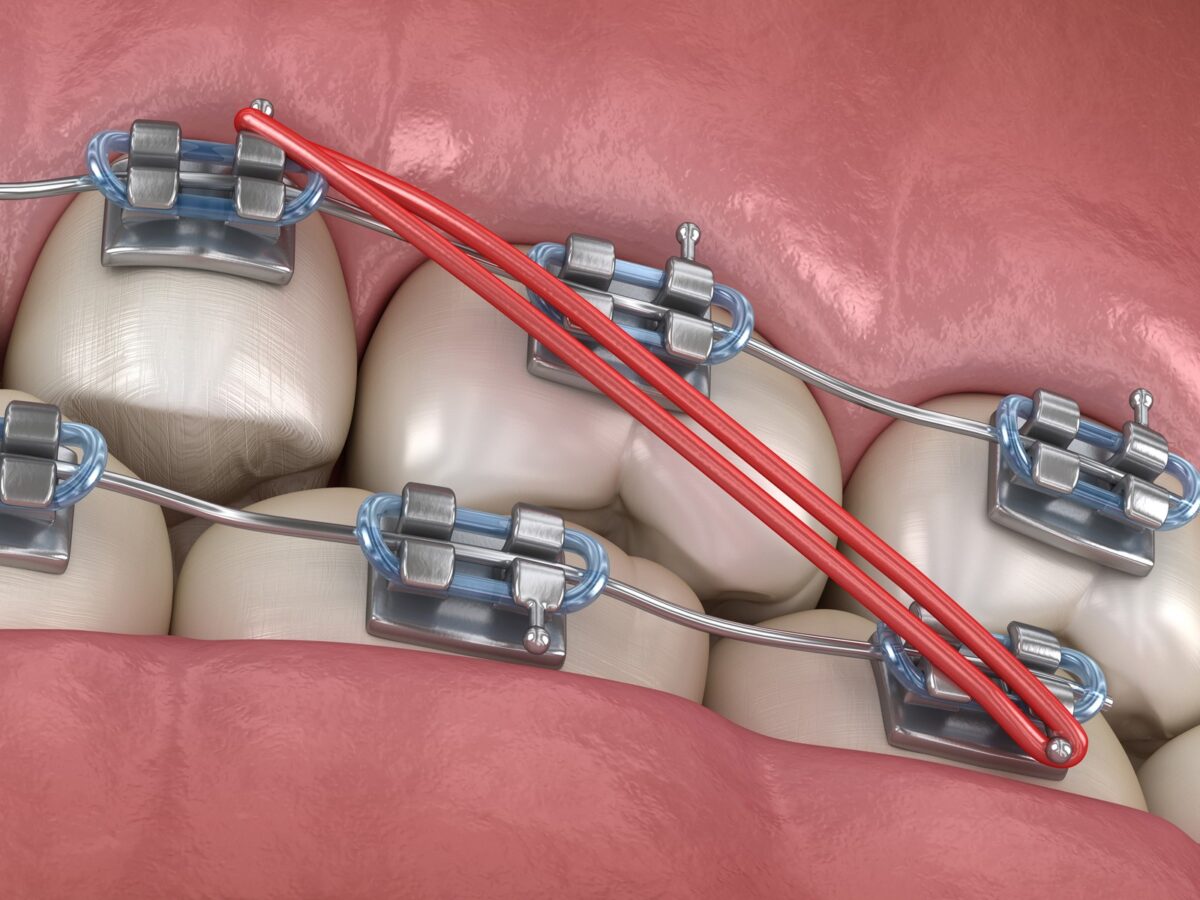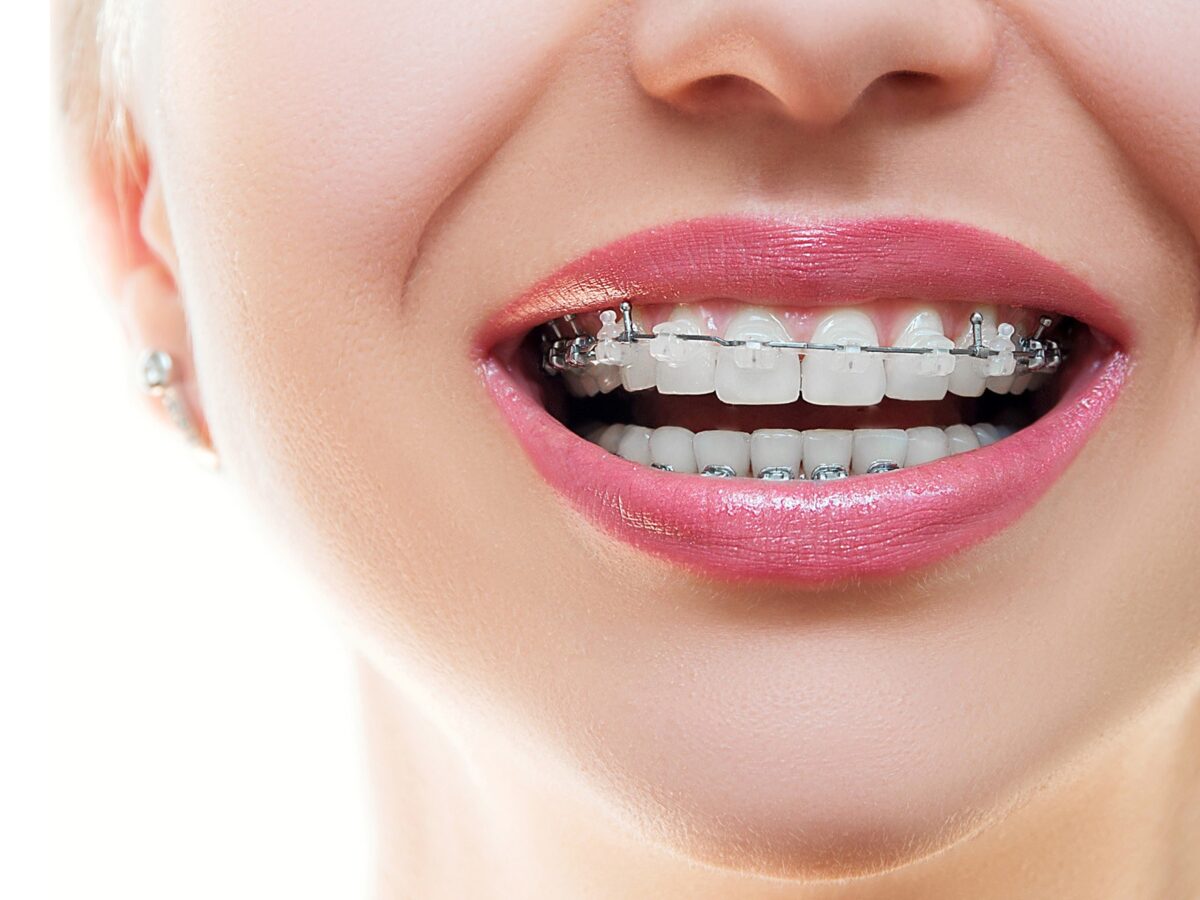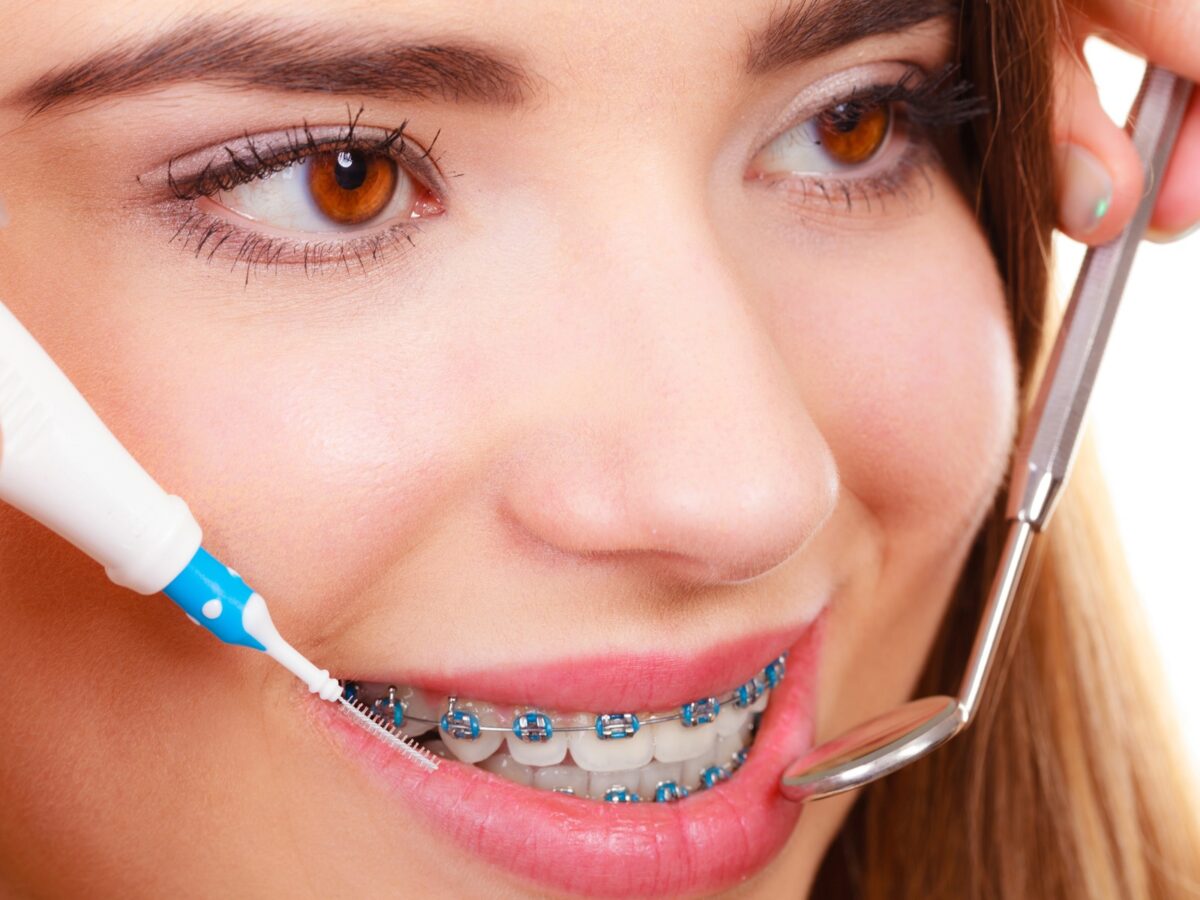For so many years, treatment from an orthodontist has remained top on the list when it comes to achieving a much more linear and straighter smile. Just as is the case with other dental procedures, though, people tend to worry and ask so many inquiries regarding after-effects. The question of whether or not braces make the lips thin is one such inquiry. Here, in this blog, we would discuss in detail the relation braces have with lip appearance and all factors potentially contributing to the alteration in fullness that appears to take place during and after orthodontic treatment.
Relationship Between Braces and Lip Appearance
The impact that braces have on the appearance of the lips can be better understood if one realizes how orthodontia works. Braces are attached to teeth to apply constant pressure, gradually moving them into position. This is not limited to the teeth only but also to the soft tissue structures around them, including the lips.
The Adjustment Period at First
When braces are first applied, quite often a period of adjustment ensues. The brackets and wires on the teeth can cause an appearance of fuller lips, as the lips protrude a little. This effect passes quite quickly, and it is more pronounced during the first couple of weeks or months of treatment.
As patients get more and more accustomed to having their dental braces in place, the lips will truly adjust to their new and changed oral landscapes. This initial fullness may subside, as mouth muscles may adjust to having orthodontic appliances in the mouth. It sometimes does create the impression that the lips have become thinner, when in fact they are going back to their natural position.
Facial structure changes
Orthodontic treatment will, in most cases, involve more than just alignment of the teeth. It may also be seen as a form of therapeutic treatment, directed to correct abnormalities in the bite of the patient and facial structure. Subtle changes in the way the lips rest against the teeth can result as the teeth move into position. For instance, the apparent thinness of the upper lip can give the illusion of it being thinner when one corrects an overbite.
Of course, what is most important to note is that these changes are very subtle and are more the consequence of straighter teeth than any direct influence on lip tissue. In fact, most patients feel that there is an improvement in their overall facial appearance after orthodontics, with the lips appearing more in balance with other facial features.
The Role of Age and Natural Changes
Given the use of braces and the fact that the appearance of the lips of a patient would change over time, it must be considered that time attains characteristics through natural growth that occur over time. Most patients go through treatment with orthodontics during the years when one is a teenager up to early adulthood, when the face is still growing. It is perfectly natural for facial attributes, the lips in particular, to have slight discrepancies as they mature.
All of these natural changes can happen in conjunction to the span of wearing braces that is usually 18 months to three years. Consequently, there might be some patients who would complain that their braces were the cause of any unwanted changes in their lip appearance, when this is just part of nature that occurs as people age or develop their fuller face.
Meeting Patients’ Concerns
There are various factors to consider with possibilities of taking steps to maintain or enhance fullness of the lips during or after orthodontic treatment in people who are worried about possible lip thinning.
Good Oral Hygiene and Lip Care
It is also important to maintain good oral hygiene and the appearance of the lips during orthodontic treatment. The lips can be kept moisturized so they will look supple, preventing dryness and cracking and consequently looking thin. This requires applying lip balm or moisturizer to keep the lips looking soft and healthy.
Consultation with Your Orthodontist
It’s important to trust your orthodontist if you’re concerned about changes in your lip aesthetics during treatment. They may offer personalized insights into how your particular treatment plan will change and offer guidelines on preserving a harmonized appearance.
While some lip changes of a temporary nature may occur with orthodontic treatment, one may also wish to seriously consider the long-term benefits. A well-aligned bite and straight teeth are very often going to also include a better overall facial appearance that is actually more harmonious and attractive.
Many patients, after going through treatment and living with the new smile a while, find that the perceived changes in lip fullness are far outweighed by improvements in their general facial structure and confidence.
Therefore, the question “Do lips get thinner after braces?” is extremely generalized. This makes the relationship between orthodontic treatment and any change in the appearance of the lips a very complex, multi-faced issue. Although some patients do feel a change in their lip fullness during or after treatment, most of these changes are very minor or related to various other factors apart from braces themselves.
During your treatment journey, open communication must be maintained with your orthodontist about all of your concerns regarding your appearance. Remember, orthodontic treatment does not only aim to treat the problems associated with dental health but also to improve the facial esthetics of an individual.
Ultimately, the benefits of having a straight and healthy smile usually far outweigh any temporary or perceived changes in lip appearance. With proper care and attention to your oral health, you can come out of orthodontic treatment with a beautiful smile that enhances your whole face, lips included.





